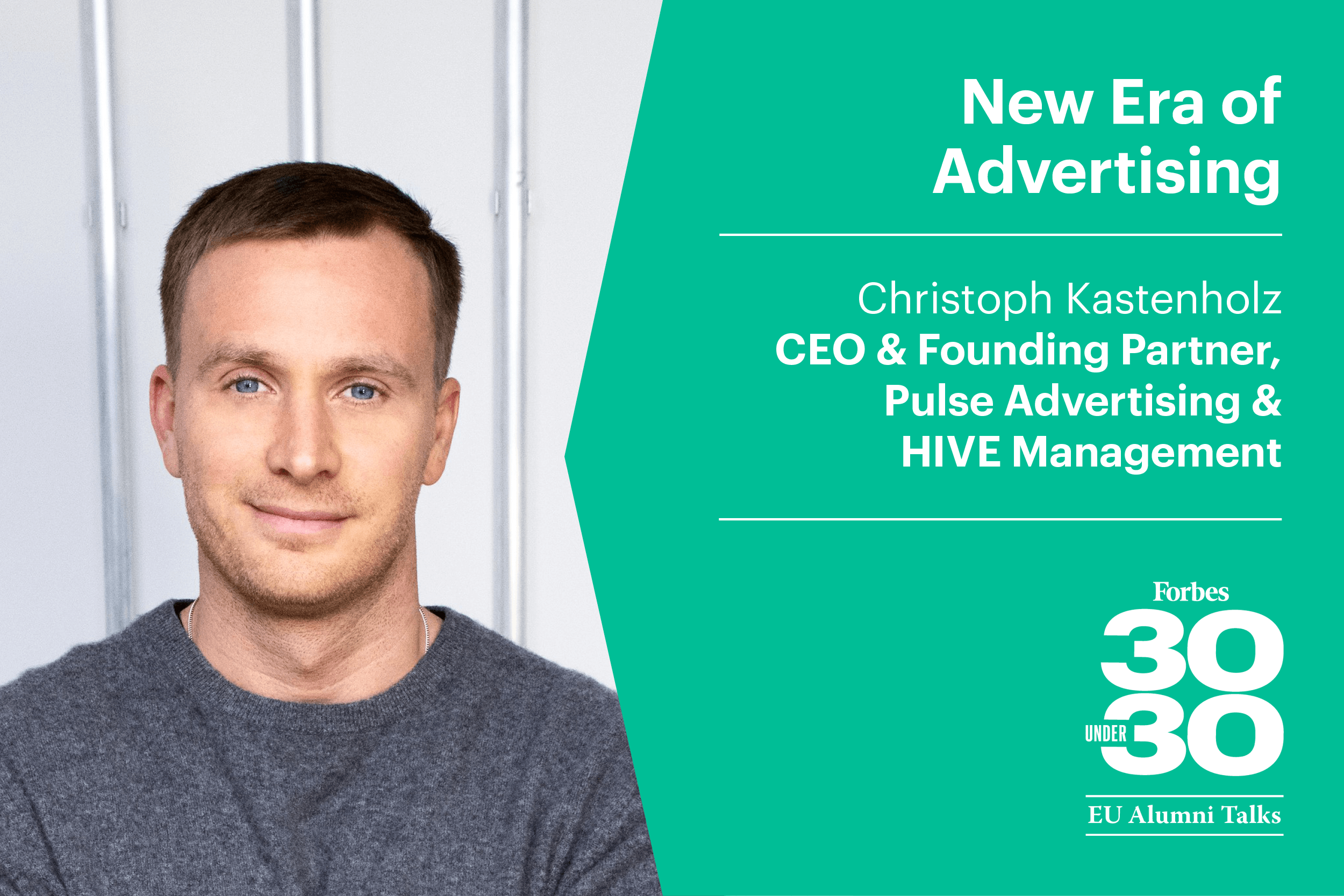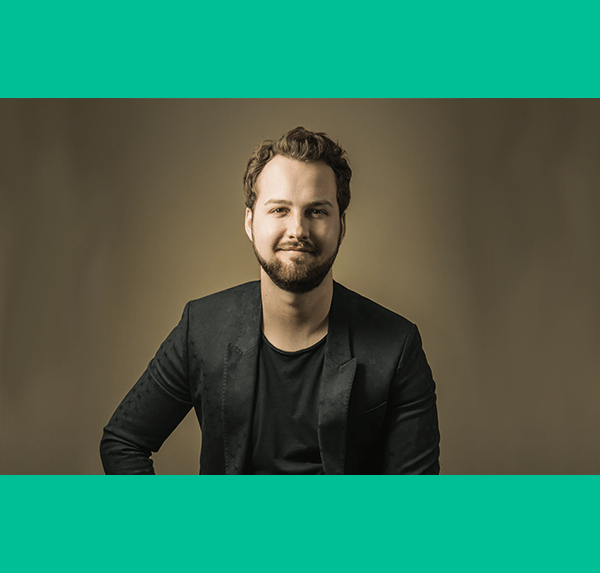
Christoph Kastenholz graduated from EU Business School in 2013 with a Bachelor of Business Administration. He began his career by co-founding a fashion label. With a limited budget for publicity, he soon came across the world of influencer marketing and digital advertising, and quickly recognized its potential.
Just one year post-graduation, Christoph co-founded Pulse Advertising. The philosophy behind this business is that people are tired of traditional advertising. New methods of enticing people into the conversation need to be explored instead of imposing a message. Pulse Advertising seeks to meet people where they are: in the places they actively follow, subscribe, and choose to listen.
About Pulse Advertising
Pulse Advertising is an international endeavor with 4 offices in operation worldwide, and a satellite APAC team. Unlike other startups, it has no investors. This is because investors pushed for the idea of an influencer database that agencies could use to source content creators. Pulse Advertising instead works directly with huge brands, such as Estée Lauder Companies or Apple, in partnership with social media platforms.
At just 6 years old, Pulse Advertising is considered mature in startup spaces. This is a fast-moving industry, so it’s crucial for the company to keep up with trends. One example is that Pulse Advertising has a team of Chinese nationals working from London, catering specifically to this audience. Given the explosion of Chinese platforms like TikTok, this is a considerable advantage — Pulse Advertising ran 100 TikTok campaigns last year.
Rather than committing to a strict business plan, Pulse Advertising is designed around the concept of constant innovation. Every campaign run by the company must prove its value, and the data generated by each campaign is used to inform the next one.
One challenge faced in this space is that increased concern and regulation regarding privacy makes it more challenging to target advertisements towards a specific audience. However, there are also huge opportunities opening up as advertising budgets shift away from traditional, out-dated mediums to digital-first approaches. Pulse Advertising hopes to ride this market wave and continue to scale up its business model.
The Digital Context
Christoph explained the current context with regards to digital media. 500 million people watch Instagram stories every day. Gen Z spends an average of 6 hours a day consuming digital media, 3 hours of which are spent on social media. 45% of TikTok users are 24 years or older. This shows that pioneering platforms like TikTok represent a huge opportunity for brands to reach this audience.
Companies are increasingly turning to social media marketing in an attempt to communicate with customers in their preferred online spaces, to “catch them where they care” and make the most of their preexisting engagement. Influencer advertising is a great way to do that, as followers already have a connection with these content creators. This makes advertising feel more “native” and organic; it blends into the audience’s social media feed.
This is very different from the huge, established traditional advertising firms that continue to focus on TV and print advertising. Pulse Advertising works from company objectives to choose appropriate content formats in the digital space. They then design a compelling storyline and hashtag, before engaging relevant creators to post content online.
Due to COVID-19, the inevitable digitalization of commerce has been accelerated. Christoph believes the online shopping habits that people developed during the pandemic won’t be “unlearned” in its aftermath, and that’s another reason why companies are increasingly recognizing digital advertising as the future of marketing.
Pulse Advertising’s Approach
Pulse Advertising’s flexible model allows them to respond quickly to real-time data once a campaign is launched. For example, they may observe immediately that videos longer than 30 seconds aren’t engaging or converting. This knowledge empowers the team to make effective changes. Rather than handing over their product to an agency, Pulse Advertising sticks around to see what works.
Although a potential customer’s journey may begin with influencer marketing, they need multiple touchpoints with the product to commit to a purchase. Pulse Advertising retargets those who have seen an influencer’s advertisement, narrowing the focus group and moving them from brand awareness to the point of conversion.
Another of Pulse Advertising’s priorities is ensuring that their clients have entertaining and informative online presences for when potential customers do click through. They often repurpose influencer content, but give it a more commercial focus.
Influencer marketing is a very cost-effective way to advertise because influencers can produce their own content independently; there’s no need to hire a studio, staff, or equipment. Although Pulse Advertising post-produces the content, tailoring it to their client’s needs, they keep it as authentic as possible to the influencer’s usual style of posting. When it is received as “native” content from a trusted online source, people spend more time on the advertisement and are more likely to engage with it.
Pulse Advertising’s approach is informed by the knowledge that people are generally tired of being bombarded by disruptive ads. They seek to connect brands with customers in the digital space through methods that are experienced as less obtrusive and more organic by a relevant, interested audience.
Choosing the Right Influencer
Christoph emphasized that Pulse Advertising’s work is very data-driven. It’s not enough to feel that an influencer aligns with a brand message — although this is important as the brand/influencer relationship must feel natural to be convincing. The influencer must also be able to meet key performance indicators for a company to invest in a collaboration.
Some people assume a high follower count is all that’s required to be an in-demand influencer. However, the demographic of your followers is also very important. Companies want a content creator who will connect them to their natural audience. Pulse Advertising also checks the interaction that an influencer’s account receives; low engagement levels are a red flag.
Many impressions may increase brand awareness, but in the end, views need to translate to sales. The conversion rate of an advertisement reflects the proportion of viewers who respond to an influencer’s call to action. Once an influencer-centered marketing campaign has been launched, that conversion rate becomes the ultimate measure of its success.










